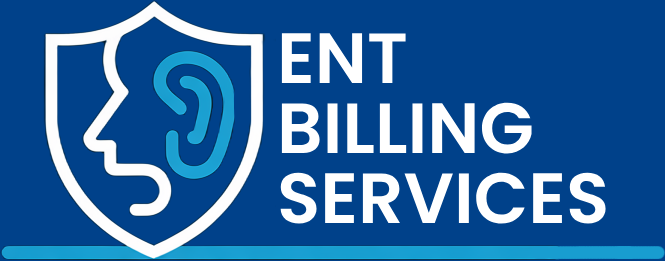Medical billing is complex by nature, and ENT billing presents its own set of challenges. Even small mistakes can lead to claim denials, delays in payment, or compliance risks. Here are the top 5 ENT billing mistakes we see—and how your practice can avoid them.
1. Using Unspecified Diagnosis Codes
ICD-10 codes like J01.90 (acute sinusitis, unspecified) may seem convenient, but payers often deny claims that lack specificity. Always document and code the specific site (e.g., frontal, maxillary) when possible.
2. Incorrect Use of Modifiers
Modifiers can clarify complex procedures or situations—but only if used correctly. For example, modifier -25 is often misused when billing an E/M visit and a procedure on the same day. Improper use leads to denials.
3. Missing Prior Authorizations
Surgeries like septoplasties or tonsillectomies often require pre-authorization. Failure to obtain it can result in claim rejection, even if the procedure was medically necessary.
4. Documentation Doesn’t Support Coding
Clinical documentation must align with the CPT and ICD-10 codes submitted. For example, if billing for a diagnostic laryngoscopy (CPT 31575), make sure the symptoms and findings support the service.
5. Not Keeping Up with Payer Policy Changes
Payer rules change frequently. Staying updated on bundling edits, coverage determinations, and documentation guidelines is critical. Partnering with an ENT billing expert helps mitigate this risk.
Conclusion
Avoiding these common pitfalls can dramatically improve your cash flow and compliance profile. Consider working with billing professionals who specialize in ENT to reduce your risk of revenue leakage.
